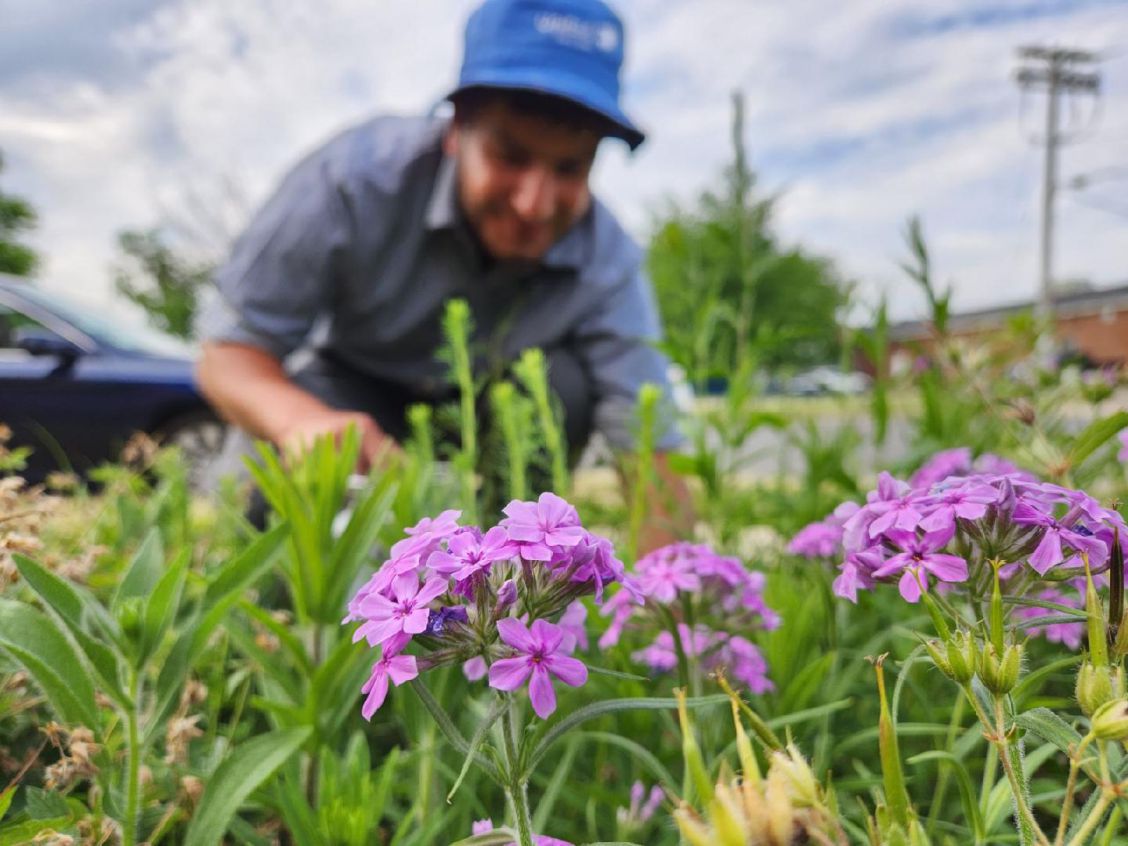Plant of the Week: Prairie Phlox
posted

By: Engineering Division Conservation Crew
“Prairie phlox” (Phlox pilosa) is a long-blooming herbaceous perennial typically found it in rocky or dry open woods, valleys, thickets, meadows, prairies, and glades. The showy clusters of pale pink or lavender add a ripple of starry patterns and breathtaking color to its ecosystem each June. The nectar of these delectable smelling flowers attracts long-tongued bees, butterflies, moths, and skippers making prairie phlox a delightful addition to a pollinator garden.
This plant is excellent for sunny locations, it can thrive in your rock gardens, native plant gardens, or prairie-type areas. It is tolerant of dry soil but a summer mulch is recommended to keep the root zone cool.
Prairie phlox may be easily confused with an invasive plant species called Dame’s rocket. To tell them apart, remember that prairie phlox flowers always have five petals (like the number of letters in “phlox”) and that Dame’s rocket, like all plants in the mustard family, only have four.
We are happy to see this particularly fine specimen thriving on the berm of an Engineering rain garden. “As I was weeding, the phlox immediately caught my eye. It’s rewarding to maintain areas that can support these beneficial native species and the insects that use them,” says Engineering Division Conservation Ecologist Trainee Francisco Rodriguez said.
Each week during the growing season, the Engineering Division focuses in on a Plant of the Week to raise awareness of different plants in the field that benefit our environment. The Engineering crews in the field tasked with conservation share expert insight on these plants and their benefits each week in a creative way!
